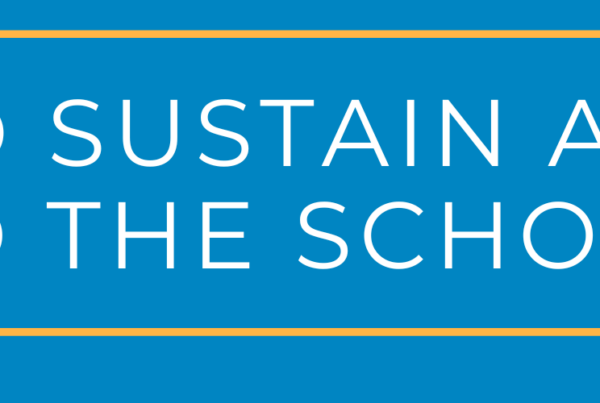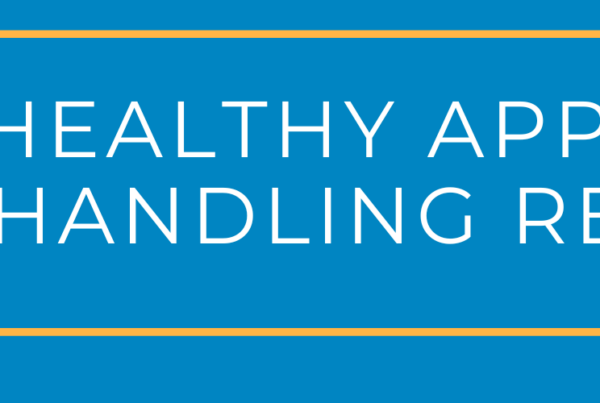 by Scott Lutostanski – Director of Academic Consulting
by Scott Lutostanski – Director of Academic Consulting
Whenever I am working with a student that is not achieving to their ability, the single word I hear parents and teachers use most to describe that student is “unmotivated”. Often times this is accompanied by “lazy” and “disinterested”. Quite frankly, I don’t blame teachers and parents for saying this because this is exactly how it appears. What we all see is a bright student who has solid test scores, but for some reason earns average grades, is missing assignments, and is not performing to his or her ability level. The students seems disconnected from school, and it is as if he doesn’t care.
In reality, this student is experiencing a personal achievement gap. He, and those around him, see a certain level of achievement ability, and yet the student is capable, at the current time, of much less. This is the personal achievement gap: disparities between ability and capability. So how does this come to be? Generally, some combination of skills – or lack thereof – and emotions both contribute to these struggles.
Skills- This category can be divided into two subcategories. The first is academic skills. The students that I am describing often have the academic and cognitive ability to be successful in school. It is not the difficulty of the content but more the interactions with the learning processes that restrict and prohibit the student from achieving more. The second is executive functioning skills, the ability to manage materials, plan, organize, and problem solve in order to work towards a goal. Additionally, these would include the ability to get started, stay on task, and maintain work towards a goal. These skills can impact students in a variety of school-related tasks– managing homework, writing papers, planning projects, etc.– that can contribute to capabilities not quite reaching the ability level of the student.
Emotions- Outside of the skills, this is another key factor that can impede a student’s progress towards their ability level. Students, particularly at the middle school, high school, and college levels, are forming their learner identities. This identity can often become twisted, mangled, and morphed into a negative self-image. Thus, statements such as, “school is stupid,” “when am I ever going to need any of this?” or “I don’t see the point” are created. This can create a disconnect between the student and school that is difficult to repair.
As I stated earlier, the high-achieving, under-performing paradigm exists because of a combination of these two components. For some students, the emotions heavily outweigh the skills; for others, it is exactly opposite, and of course, some students may struggle with each equally. The key is to target each of the areas and to help the student understand their learner identity and be able to grow their skills and emotional outlook on school.





